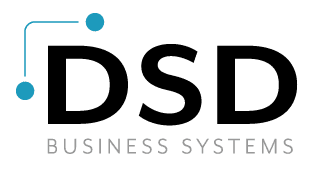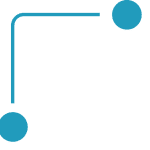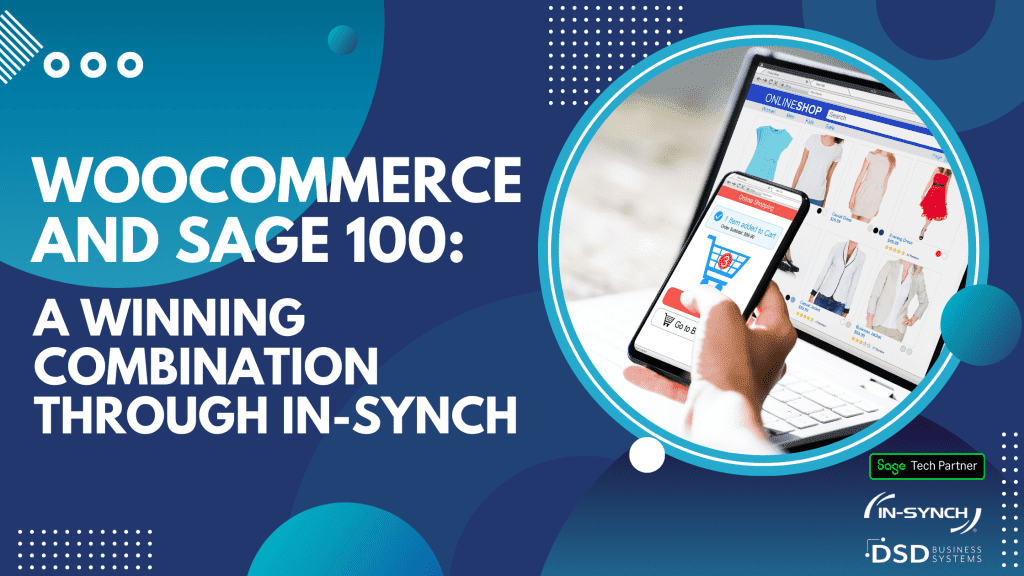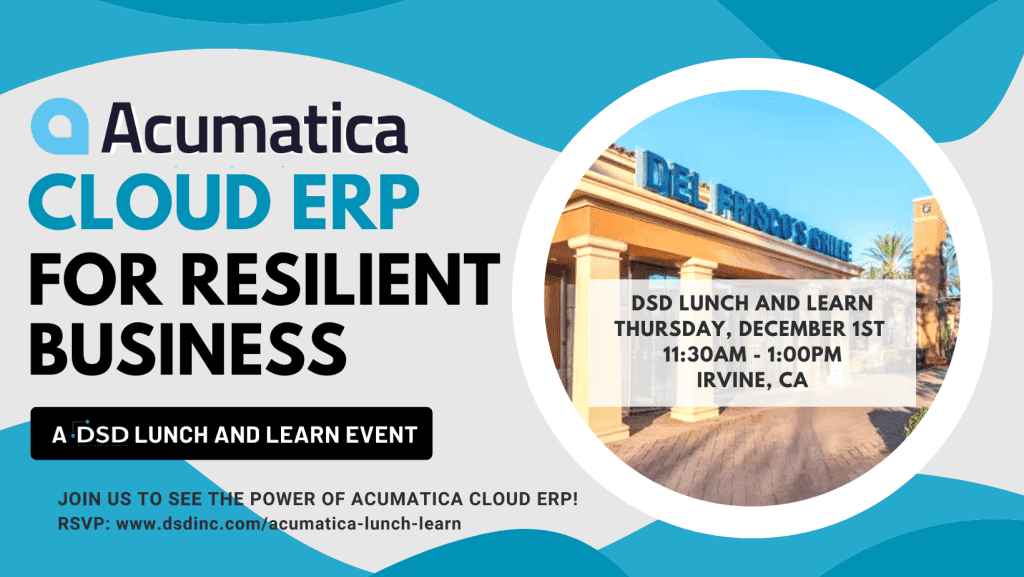CLOUD VS. ON-PREMISES: ANALYSIS OF THE BENEFITS AND COSTS (PART FOUR)
CLOUD VS. ON-PREMISES: ANALYSIS OF THE BENEFITS AND COSTS (PART FOUR)
In this last blog of the series on a cloud vs. on-premises application software, we’ll talk about analyzing the financial benefits of a cloud system vs. an on-premises system. Sorry, but you’re not going to get a spreadsheet or a downloadable ROI calculator. Financial analysis is just as much an art as a science, and every CFO, controller, and business consultant has their own way of looking at it. But, there are many things that all financial analyses have in common, and that’s what we’ll limit this discussion too.
If you’ve gotten this far, it means that you have a cloud proposal and an on-premises proposal that will solve all of your most important business issues. So, let’s revisit the first blog on cost comparisons between the two:
REMEMBER: “Functionality is king. Don’t settle for any application software that forces you to make large changes to your business processes or to your “special sauce”. If you credit a large part of your success to a particular commission structure for your salespeople, or to a special set of standards that you use in nurturing your prospects or customers, then a cheap system that forces you to dumb down those standards could be the most costly system that you could buy, even if its out-of-pocket cost is tens of thousands of dollars less than a more capable solution.”
Consider only software that meets your business needs. So, from this point on, we’ll assume that you’re looking at two apples, not an apple and an orange and that both apples are the right ones for you.
What’s the best way to do your analysis? You should perform an ROI, breakeven analysis, and a TCO (total cost of ownership) analysis. The ROI analysis gives you the rate of return on your investment, the breakeven/cash flow analysis identifies the cash flows for each of the years analyzed, and the TCO analysis shows you what your total investment is, during the period of ownership. It’s strongly suggested that you perform all three analyses and that you factor in your own company’s priorities, strategic plan, cash flow sensitivity, etc., before making a final decision. For instance, you might have to settle for a lower ROI, or even a higher TCO, in order to meet your cash flow needs.
How many years should be analyzed? It’s pretty common to look at five years of ownership unless there’s some other compelling reason to go shorter or longer. Technology is advancing at such a fast rate that you could rationalize looking at three or four years, but if you think that the system will serve you well for five years, based on your projected rate of growth, then that’s what is suggested. You’ll likely be replacing your system in five years, so why go out any farther than that?
How do you build your analysis? First, you must have a great handle on how much the systems will cost you, for each year of the analysis. Costs are discussed in detail in previous blogs. But costs are only one aspect of cash flow. Other factors are savings and additional profits. In order to determine those components, you’ll need to ask yourself the following questions:
Will your new systems allow you to reduce staff? Be careful here. If the new system will allow your accounts receivable clerk to save 25% of his or her time, but you’re still going to keep them on staff, then there are no savings here. If they are going to spend that newly found time helping your account manager stay in touch with your customers, then you can assign that value, if you can determine what impact that will have on your profitability.
Will your new system allow you to do things more efficiently? Again, be careful. Efficiency doesn’t always translate into dollars. If your new system will allow you to ship orders in 50% of the time, then that’s great, but you must be able to associate that with an impact on your bottom line. If there’s nothing that you can quantify, then you must ignore it.
Will your new system allow you to increase your sales revenues, and therefore, your profits? That should be relatively easy to predict, and of course, it’s an important factor in your analysis. If your new system will allow you to build your first integrated eCommerce website that is linked to your inventory and warehouse management system, then this will likely increase your Internet sales, and you’ll have to project the amount of that benefit. Be conservative.
Will your new system allows you to reduce your organizational costs, your overhead, or your operating or delivery costs? These factors should be relatively easy to identify. Identifying them should be a team effort, with feedback from all the stakeholders.
Once you’ve collected all this information, it’s a relatively straightforward process to construct a spreadsheet analysis that will give you the ROI, TCO, and breakeven/cash flow analyses for the systems that you’re considering. Be reasonably conservative in your approach and factor in your company’s priorities, strategic plan, cash flow sensitivity, etc., before making a final decision.
About the Author
Doug Deane is President of DSD Business Systems, an international provider of on-demand (cloud) and on-premises ERP and CRM software, specializing in wholesale distribution, manufacturing, warehouse management, inventory, business intelligence, and eCommerce software. DSD offers NetSuite Cloud ERP, NetSuite CRM, NetSuite eCommerce, Sage 100 ERP (formerly MAS 90), Sage 300 ERP (formerly Accpac), Sage 500 ERP (formerly MAS 500), Sage FAS, Sage HRMS (formerly Abra), Sage CRM, Sage SalesLogix, Sage Add-Ons (Extended Solutions), and Custom Programming. DSD has been a multi-time Sage President’s Circle award winner, a two-time Sage Gold Development Partner of the Year recipient, has been recognized by the San Diego Better Business Bureau (BBB) as a Torch Award Finalist (2009) and Torch Award Winner (2010) for Marketplace Ethics, and has been recognized by the Council of Better Business Bureaus as a 2012 International BBB Torch Award Finalist for Marketplace Excellence.
Doug Deane is President of DSD Business Systems, an international provider of on-demand (cloud) and on-premises ERP and CRM software, specializing in wholesale distribution, manufacturing, warehouse management, inventory, business intelligence, and eCommerce software. DSD offers NetSuite Cloud ERP, NetSuite CRM, NetSuite eCommerce, Sage 100 ERP (formerly MAS 90), Sage 300 ERP (formerly Accpac), Sage 500 ERP (formerly MAS 500), Sage FAS, Sage HRMS (formerly Abra), Sage CRM, Sage SalesLogix, Sage Add-Ons (Extended Solutions), and Custom Programming. DSD has been a multi-time Sage President’s Circle award winner, a two-time Sage Gold Development Partner of the Year recipient, has been recognized by the San Diego Better Business Bureau (BBB) as a Torch Award Finalist (2009) and Torch Award Winner (2010) for Marketplace Ethics, and has been recognized by the Council of Better Business Bureaus as a 2012 International BBB Torch Award Finalist for Marketplace Excellence.








